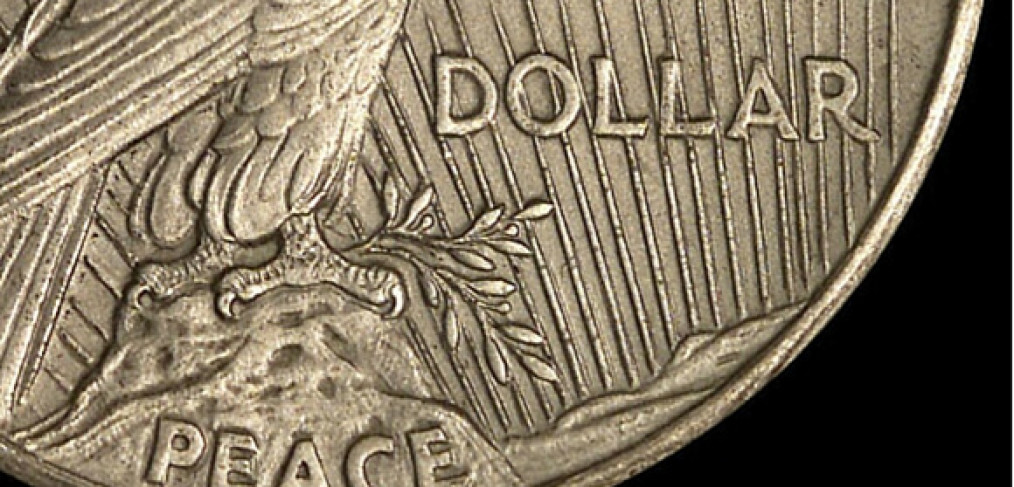
How U.S. Silver Reserves Saved British Currency
It was WWI and British colonies were panicked. The Germans were spreading rumors that Britain couldn’t back their currency. Whether it was true or not was not important. It triggered turmoil. And it took deep silver reserves from the United States to calm fears around the world.
Wartime spending quickly drained Europe of gold reserves. Hoarders claimed the rest. Uncle Sam’s gold reserves were low, but the U.S. had plenty of silver—in particular, silver dollars. The Pittman Act of 1918 allowed for millions of Morgan silver dollars to be melted down and recast as bullion. Anyone holding silver made out like bandits, because they were purposely overpaid to accelerate the process. The federal government was able to raise the necessary amount of silver fast and then sold it to England below market value. The panic dissipated.
As the war ended there was a call for a new coin to celebrate the occasion. Still flush with silver, it made sense to make it a silver coin. The idea eventually took off and a design competition was held for the Peace Dollar. The requirements called for a lady liberty redesign for the obverse, and an open-ended design that incorporated an eagle on the reverse. The youngest contestant at 34, Italian immigrant Anthony de Francisci won the competition. De Francisci’s lady liberty design was based on his wife, Teresa de Francisci.
On January 3, 1922, the Peace Dollar went into circulation. It was made of 90% silver and remained in circulation for seven years. The coin was reissued from 1934 to 1935. Today its value, like all coins, depends on its condition and the year it was issued. But it’s safe to say that a Peace Dollar will cost you far more than one dollar.
Did you like this post? Check out “What You Could Buy with an Ounce of Gold in 1950” and our other great articles.
Main Street Coin specializes in rare coins and currency. We are also gold, silver, diamonds, and jewelry buyers. Visit us first for a free evaluation. We are located in Fairfield, Hyde Park, Milford, and Florence.
